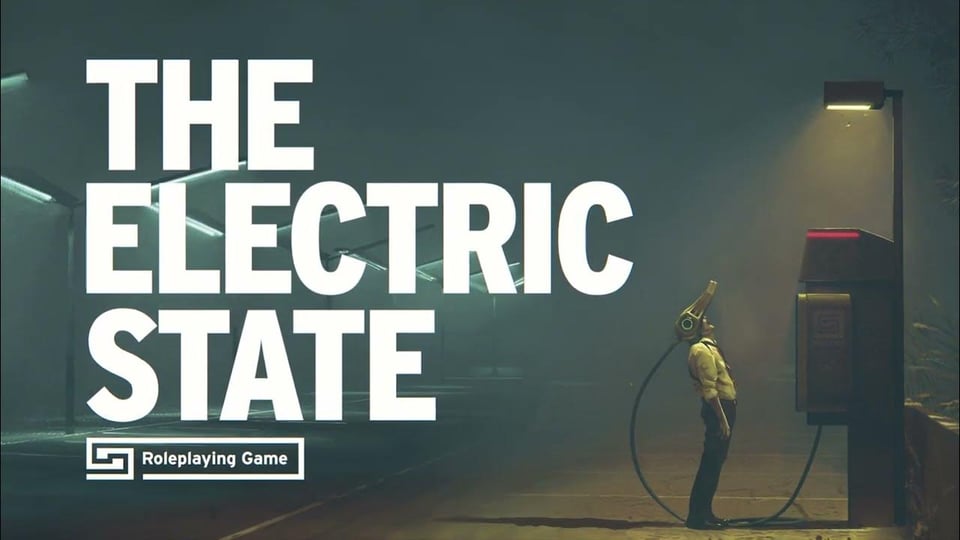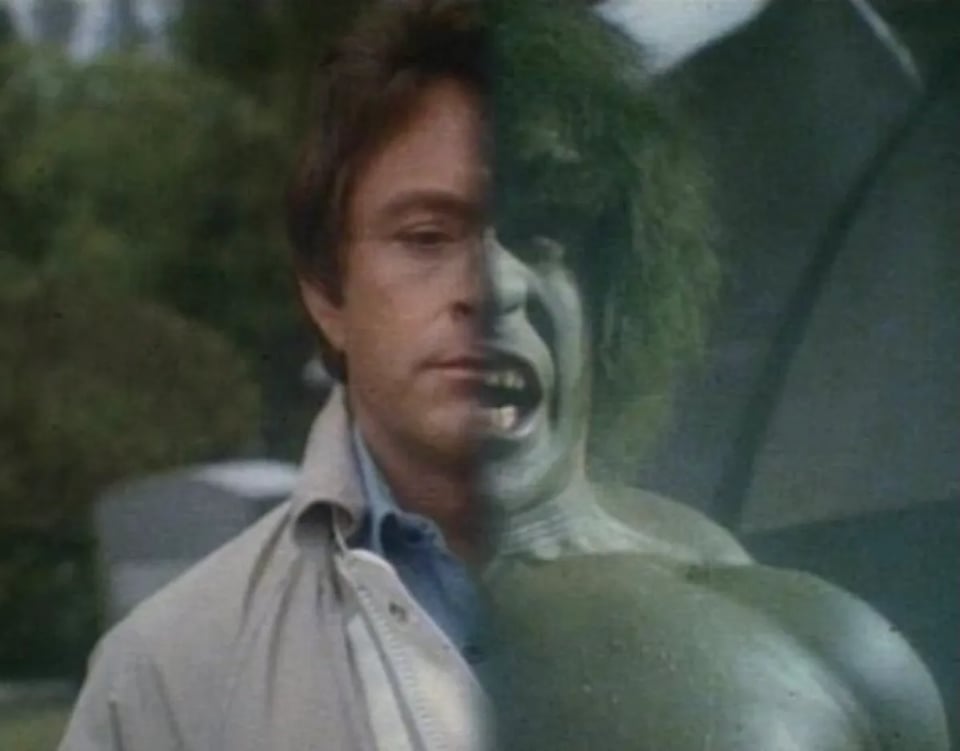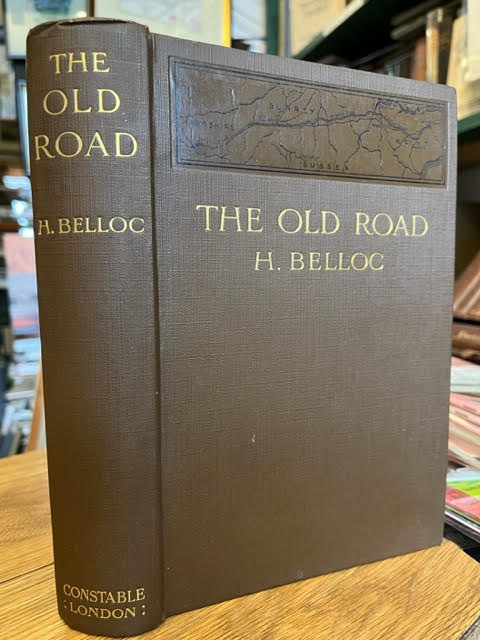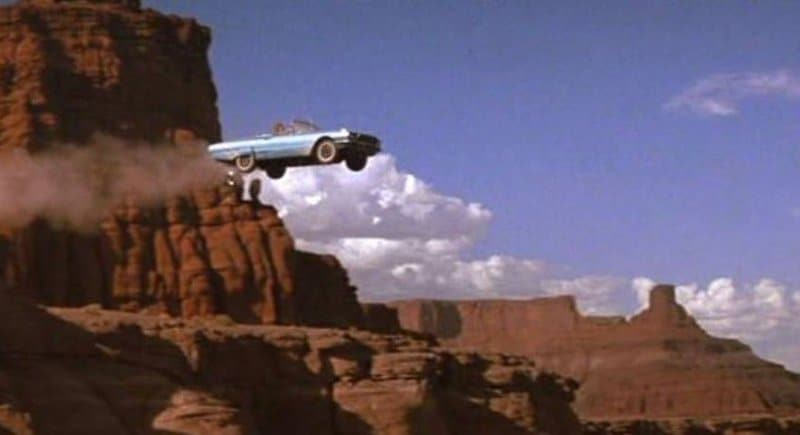The Electric State, Into the Dust 3 of 3

We’ve now completed Into the Dust, having travelled through the three Stops that shaped our Journey. Some characters reached their destination, chasing dreams they finally grasped. Others found a quiet contentment in simply arriving — not where they had intended, perhaps, but somewhere that felt enough.
It has been a few weeks since we finished, time enough to decompress and reflect on the setting, the mechanics, and the strange, quiet emotional pull of the game itself.
Here’s what I’ve taken from the experience.

Firstly, if you haven’t caught up with the previous blogs, check them out here. Note that the Stop blogs have SPOILERS that will ruin the game if you have not played Into the Dust and wish to, they are more for GMs:
So, spoilers, I thoroughly enjoyed running this mini-campaign. The group of four players we brought together, the setting itself, and the way the mechanics support the game’s core premise, “The Journey”, all came together beautifully. Much thanks to those most excellent players, Alex, Martin, Gareth and Jon.
Before starting, I had my doubts about the Tension mechanic. It can be a little clunky in places, but it ultimately did exactly what it needed to do: it pushed the right narrative buttons for each player. The downtime scenes between Stops gave space for characters to grow, revealing how their relationships shifted — becoming closer or more strained — as they built up positive or negative Tension, or resolved it through meaningful actions and scenes.

For those new to roleplaying games — and especially for anyone approaching The Electric State expecting something like the Netflix adaptation — it is important to note that this game can be quite brutal. Combat is lethal, psychological trauma is a genuine risk, and many of the Encounters and Stops explore difficult themes under the Lines and Veils system: drug abuse, addiction, murder, cult activity, and other unsettling elements. This is very much an adult RPG if played as intended.
It bears little resemblance to the film. Unless you plan to rework the game into a brighter, more hopeful, Spielbergian family adventure — complete with a robot uprising and a few moral lessons about smartphone use — it’s best to set the Netflix version aside.
The Neuroscape looms large at every Stop, and mechanically, it is one of the more complex elements to handle smoothly. Its form and function are largely left to the GM’s discretion, with many details evolving through play and player feedback. But fundamentally, the Neuroscape is essential. Without it, you remain in the dark, cut off from information, unable to interact with technology or connect meaningfully with others. Some characters withhold or conceal things in the real world but share them freely within the Neuroscape. And certain threats can only be confronted — or even understood — within that strange mental space.
In our campaign, two characters refused to engage with the Neuroscape, for reasons deeply rooted in their backgrounds and personalities. This presents a challenge for the GM, who must find strong incentives to draw players into the Neuroscape. That said, not every character needs to enter every time — one or two is often enough.
What draws me to this game? It is the elegant cycle at its core: the build-up of Tension, the arrival of a Stop, the plunge into the Neuroscape. This leads to a loss of Hope, the struggle to overcome challenges, sometimes further loss of Hope, until the Stop is resolved. Then Tension eases, Hope begins to return, and the cycle begins anew.
Would this structure suit a longer campaign? Perhaps not. The Electric State is not designed for endless play. It has a finite lifespan. When the Journey ends, so does your character’s arc. There are no endless journeys, no perpetual cycles of Tension. It is, quite simply, about the Journey. Once it finishes, the game ends.
What's next for me and The Electric State? I plan to run Stop 2 from Into the Dust at a face-to-face convention this September. It seems self-contained enough to work well as a one-shot. I have Matchbox cars, playmats, and figurines ready to bring an authentic ‘90s feel to the table — plus a few barrels of Toxic Waste.

I keep circling back to the idea of setting The Electric State in the United Kingdom, a land older, denser, and more layered with memory and history. The wide, open highways of America give way here to ancient footpaths and hedgerows, the skeleton of a forgotten past still etched into the landscape. Perhaps the journey follows the Pilgrim’s Way, from Winchester to Canterbury, its route traced through Belloc’s The Old Road. Or maybe it is the Coast-to-Coast Walk, a slow, dreamlike drift from St Bees to Robin Hood’s Bay.
Of course, this would demand a significant reworking of the premise. Cars become rare, even impossible; the journey would be on foot, intimate and weather-beaten. The Blackwelt Exclusion Zone might fracture into something more cultural than geographic, such as a North and South divide, or an irradiated line stretching across the Pennines. England does not isolate you with distance in the same way America does. Here, you can slip around trouble, disappear into the countryside, and bypass a town that has gone dark. That might disrupt the "road movie" rhythm at the heart of the game, or perhaps transform it into something stranger and quieter. It would be less about the destination and more about the haunted relics you find between the stones. Perhaps I’m being influenced here by a recent cinema visit to see 28 Years Later.

It is not quite ready yet. But later this year, or next, I will walk it through.. The British version of The Electric State won’t be a sprawl, it will be a slow, deliberate trek along moss-covered walls and mist-shrouded fields.
In summary, The Electric State feels like Free League’s most focused attempt at a narrative-driven RPG, one rooted in social realism and adult themes. It thrives in smaller groups, where there is room for relationships to form between player characters, and space between encounters to explore their inner lives. The game draws much of its power from these quiet moments — the silences between decisions, the personal histories that slowly surface, half-remembered and unresolved.
As with Blade Runner, it centres on a particular kind of story. There are variations, yes, but the design is precise, almost austere. This is not a system built for sprawling campaigns or endless progression. It is a Journey — three to five Stops, then done. You won’t reach level fifty-six. There are no magical swords, no castles to inherit, no intergalactic spaceships needing their loan paid off.
Instead, you are offered a sharply defined window into a handful of weeks — a snapshot of disintegrating landscapes, fractured memories, and fragile companionships. Your character travels a little way with others, then the story ends. Life moves on. And for me, that is precisely what makes The Electric State so compelling.
